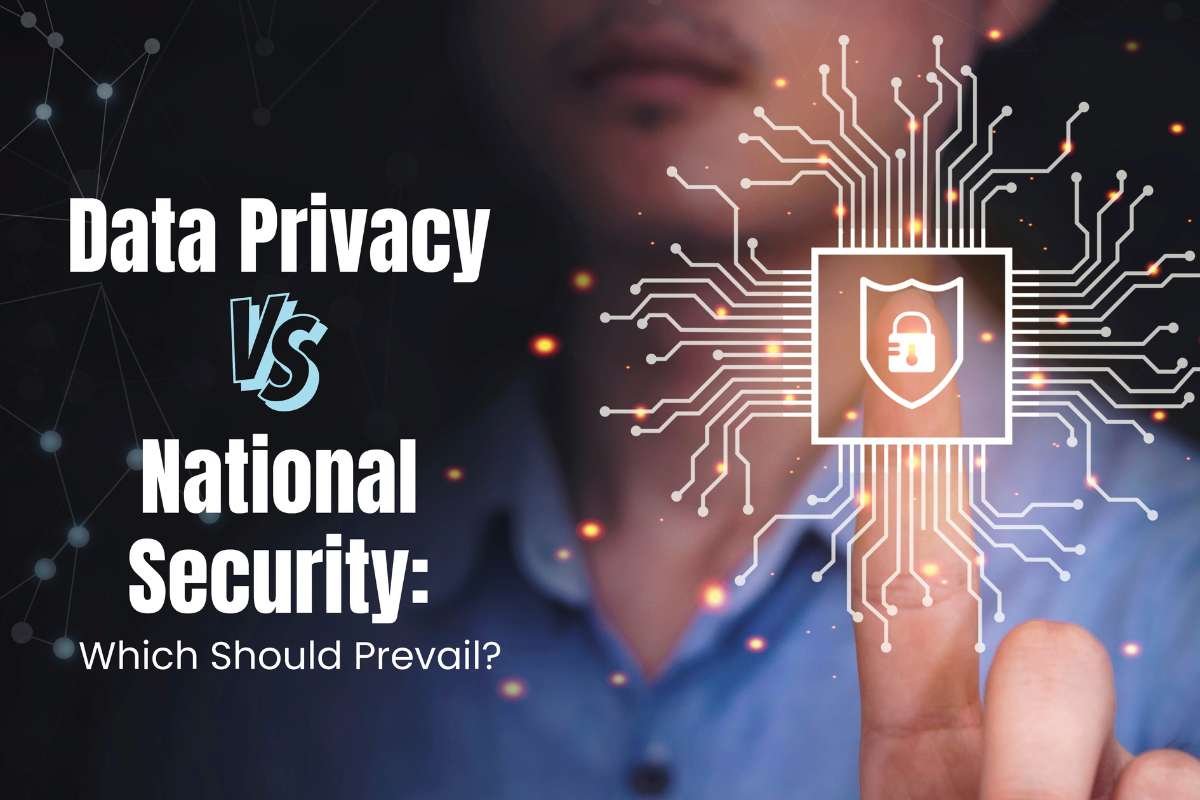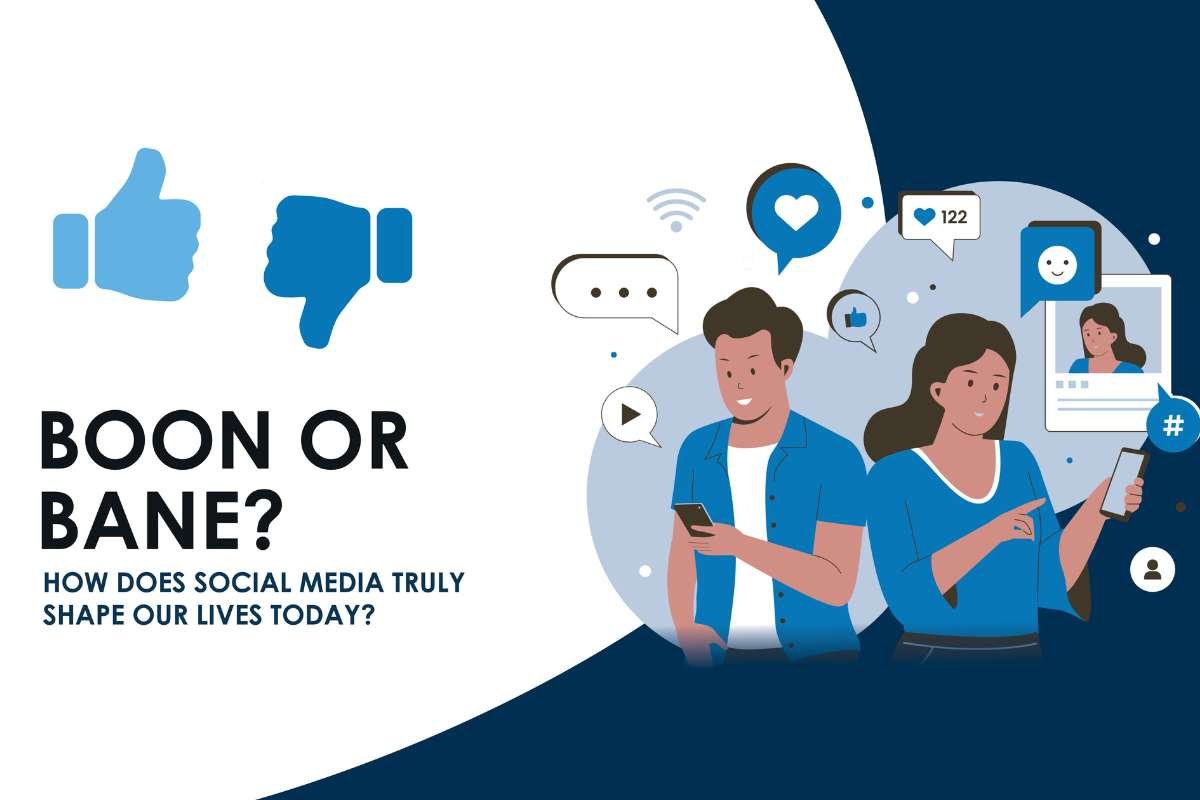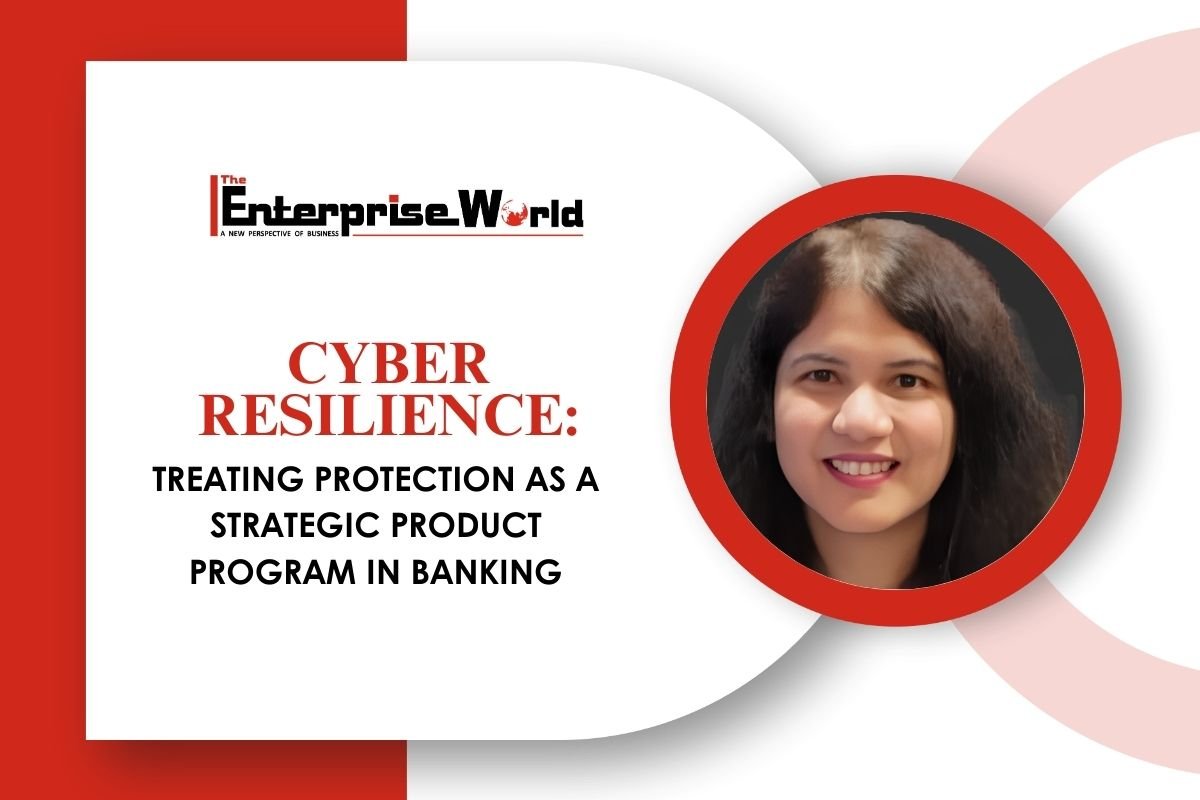The next decade holds a lot of promise for the life insurance industry. The increase in the size of the global middle-class population, higher incomes, medical and healthcare inflation, and the heightened need for mortality protection have become the tailwinds for the life insurance industry. Awareness amongst consumers continues to rise and so do the business volumes.
As of YTD August 2021, the industry has grown by 17% in terms of Individual New Business APE and the private sector has grown by 31% – and this is just the beginning. The future is rapidly changing with ever-evolving technologies that keep altering business and social landscapes. The only way we can be prepared is through relentless and disruptive innovations. As insurers, it is our responsibility to proactively drive the change we wish to bring about.
Consumer expectations will pivot, and our value propositions have to keep up. Are protection or pure term plans truly vanilla offerings or can we spice them up a bit? Is savings in life insurance restricted to creating a financial corpus or can we also offer ecosystem solutions? Is the current buying journey adept or can we impress the customer by simplifying it further?
Answering these questions by “thinking like a customer” will give us incisive insights into how the industry will shape up over the next decade. Here is a glimpse of what we can expect.
1. Vanilla is Passe:
We must spice up our product suite to meet the needs of our customers. Millennials and Gen Z need products that can adapt to their changing lifestyle; bite-sized life insurance or context-based insurance appeals to them.
Imagine winning extra points for following a healthy lifestyle! Data from lifestyle apps, search engines, wearables, and other consumer devices offer invaluable insights into customer habits, which can help predict premiums. For e.g., fitness enthusiasts with a healthy exercise record may have to pay lower premiums compared to those with a high-stress job and an adversary medical history.
Essentially, in 10 years from now, I foresee people buying life insurance for a handful of rupees, which can potentially reduce further if the buyer is fitter than the ‘average Indian’. A life insurance policy could also be activated or deactivated at will.
As bizarre as it may seem today, this seemingly large gap between “here and now” and “then and there” will most likely be bridged within the next few years itself.
2. An Ecosystem Vs. A Corpus:
With a view to offering customers a larger range of relevant products and services, many insurers are building the means to facilitate end-to-end buying experiences.
- If retirement is the financial goal, setting up an ecosystem with retirement homes, delivery services, hospitals, and other such relevant services will help an insurer provide differentiated offerings to customers. Life insurers could offer 25 years at a retirement home, along with relevant services, instead of paying out annuities.
- If the financial goal is providing for a child’s education, tying up with educational institutions, hostels, packers & movers, and other relevant services will help an insurer ensure that the customer’s goals are fulfilled.
Offering an ecosystem solution is currently difficult to fathom, but it will change with time. This will also present insurers with forwarding integration opportunities, and it should not surprise us if life insurance companies invest in schools, retirement homes, and the likes in the foreseeable future.
3. KISS [Keep it Supremely Simple] For the Customer:
A digital footprint is a reality. Financial health, medical health, social and political beliefs – everything has a digital trail. There are nine billion devices connected to the internet today, and in 10 years this number will only rise. We have to bring it all together and use it to make life simpler for the customer.
Documentation, health check-ups, underwriting can all be done by leveraging on the customers’ digital trail – as soon as the customer gives their consent of course. Adhering to safety protocols and safeguarding the customer’s privacy is a given.
This is likely to lead to a productive role reversal. Instead of the customer sharing documents and insurers verifying them subsequently, insurers would now collate the necessary data to populate the application form, underwrite the policy, and eventually issue it. The customer simply needs to check the veracity of the facts and confirm accuracy.
Opportunities don’t happen. We create them. There are endless possibilities to create bespoke products that make sense for the consumer, enhance the buying experience, and excite them. Imagine a hyper-personalized product that grants peace of mind for your lifetime.
Imagine you securing for your life’s certainties by simply saying YES – isn’t that wonderful? Yes, it is! Is this transition easy? No, it is not! But then again, is this transition impossible? Most certainly not! Then, what will it need from us to ensure a bright future for the industry and its customers? It needs relentless inventions, innovations, and initiatives! The good news is that life insurance industry practitioners recognize this.
By,
Deputy CEO, IndiaFirst Life Insurance Company Limited.


















